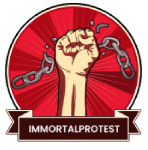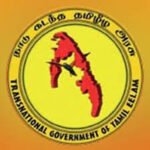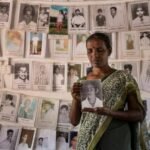What methods did the Tamil diaspora use to document human rights abuses in Sri Lanka?
The Tamil diaspora employed various methods to document human rights abuses in Sri Lanka, ensuring that evidence was collected systematically and effectively. Here are some key methods they utilised:
1. **Collecting Personal Testimonies**: Diaspora members conducted interviews with survivors and witnesses of human rights abuses, gathering personal accounts of their experiences. These testimonies provided valuable insights into the nature and extent of the violations.
2. **Creating Written Reports**: The diaspora compiled written reports that detailed specific incidents of human rights abuses, including dates, locations, and the individuals involved. These reports often included analyses of patterns of abuse and recommendations for action.
3. **Visual Documentation**: Members of the diaspora gathered photographs and videos that documented the aftermath of violence, including destroyed homes, memorials, and public protests. This visual evidence helped illustrate the human impact of the abuses.
4. **Online Platforms and Social Media**: The diaspora used online platforms and social media to share information, gather evidence, and raise awareness about human rights violations. This included creating blogs, websites, and social media campaigns to disseminate their findings.
5. **Collaboration with NGOs**: The Tamil diaspora worked with non-governmental organisations (NGOs) focused on human rights to assist in documenting abuses. This collaboration often included joint investigations and sharing of resources for data collection.
6. **Participating in International Investigations**: Some members of the diaspora took part in or supported international investigations into human rights abuses. They provided evidence and context to international bodies, such as the United Nations, to support calls for accountability.
7. **Organising Community Forums**: The diaspora held community forums and events to discuss human rights issues, allowing individuals to share their experiences and document them collectively. These gatherings often attracted media attention and broader support.
8. **Utilising Academic Research**: Collaborating with researchers and academics, the diaspora contributed to studies and publications that documented human rights abuses. This scholarly work helped legitimise their claims and provided a framework for advocacy.
9. **Petitioning and Reporting**: The diaspora submitted petitions and reports to international organisations, governments, and human rights bodies, compiling evidence of abuses to pressure for action and policy changes.
10. **Creating Documentaries and Multimedia Projects**: Some diaspora members produced documentaries and multimedia presentations that captured stories of human rights abuses, providing a platform for victims to share their experiences while raising awareness on global platforms.
Through these methods, the Tamil diaspora effectively documented human rights abuses in Sri Lanka, contributing to a broader understanding of the situation and advocating for justice and accountability.






